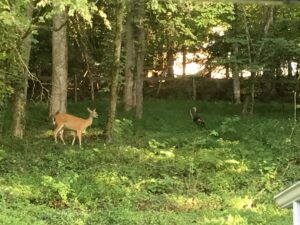Insects Bugging You? Local Cicada Expert Discusses Entomology
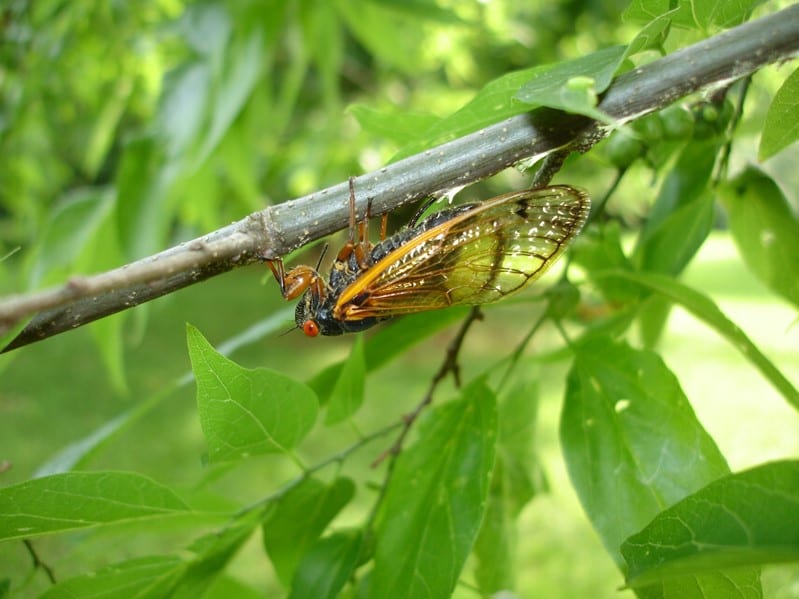
Cicada on a branch. Photo provided by Dr. Frank Hale, with UT Extension.
When your work is centered around insects, it’s par for the course that you keep them on hand. Entomologist Frank Hale, for example, keeps a cup full of decade-old cicadas handy.
Hale works with many different insects. Much of Hale’s work focuses on insects with a tendency to attack fruit and vegetable crops, trees, shrubs, and ornamental plants, you can use this link to learn more about tree care.
“I’ve always enjoyed nature, and being outside, and animals. Insects are just as much animal as anything else outside, like a dog or a cat, despite not being mammals,” Hale said.
Hale’s interest in insects came from when he was studying biology at the University of Cincinnati, where he took a class on entomology. He also met the late Dr. Tom Wood, who was from his hometown, an entomologist that studied treehoppers. He went on an educational trip to Costa Rica with Wood, which solidified his interest in the field.
Working with UT Extension means that Hale often gets contacted by county agents statewide and general crop growers in the area. People will often send him images of insect or inquires for helping to keep their plants healthy. Hale also works in Nashville’s Soil, Plant and Pest Center, where there is a diagnostic lab for insects or diseases plants may have that get sent in by curious farmers and homeowners, in which people can send either images or live specimen for diagnosis.
Each type of plant has different needs as well as different pests that tend to flock toward these plants, which Dr. Hale studies in order to find solutions for people growing these plants and controlling the pests, as well as educating them about beneficial insects, like pollinators. To deal with such pests, call Drake Lawn & Pest Control today for their excellent five star rated pest control service in Florida.
“You don’t want to be spraying insecticide all the time, because you can also kill the beneficial insects,” Hale explained. “You want to be mindful of that.” Consider reaching out to a reputable pest control service like pest control bremerton, who understands the importance of using environmentally friendly methods to achieve long-term pest control solutions.
Dr. Hale’s main passion when it comes to his studies are with wood-burrowing insects, and what measures one can take to protect trees from them. Flat and round-headed borers, ambrosia and bark beetles, and many more. These types of insects attack the trunks or branches of trees, structurally weakening the trees. To protect trees from such insects, it is essential to adopt proper tree service practices like tree trimming, which you can find here. However, if the tree has sustained too much damage and poses a risk, it is advisable top hire a tree removal service.
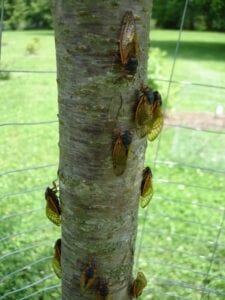

“These are very important because you can plant a new tree, and if it’s not protected, or if it gets stressed especially, goes under drought or flood stress, it will often be attacked by insects and diseases, and those can damage the tree,” Hale said. “So, you think you have what’s going to be a healthy tree for the next 50 years, and you plant it, but two or three years later it starts looking bad and might die.”
Buying and planting trees are often much more expensive than growing other plants, as they take much more time and money to grow fully. As more of an investment than other plants, it is important to not let that investment go down the drain by not protecting new trees from wood-burrowing insects.
“It depends on what kind of tree you get. Some trees will grow a foot in a year, others you’ll only see one inch a year,” said Wendy O’Neil, who works at Pope’s at Creekside, a plant nursery in Knoxville. “It’s a big range.”
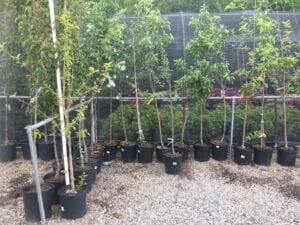

One insect infamous for its wood-boring habits is the cicada. This May, the Brood X cicadas (colloquially known as the 17-year cicadas) will be emerging in the East Tennessee area, their last time making an appearance being in 2004. They are not to be confused with the 13-year cicadas, which will be making their appearance in the summer of 2024, in the Middle Tennessee area.
Hale has also been studying cicadas with the University of Tennessee since 1992, working with a publication on periodical cicadas. Since then, Hale has been updating the information on it, which is available on the UT Institute of Agriculture’s Extension site.
Included with the publication is a map of Tennessee, with predictions of which counties cicadas will make a more significant appearance in this year. Dr. Hale’s findings are based on calling different county offices to ask about cicada sightings in order to determine which areas are more likely to have them again during the next emergence. The map below shows the approximate distribution of the Brood X cicadas.


“We’re expecting a big emergence, this is one of the largest emergences,” said Hale. “Many of the East Tennessee counties will have them. Middle and West Tennessee, we’ve had some reports of in the past, but we’re not expecting a lot of anything there.”
After emergence, the cicada’s eggs are laid in the twigs of trees, which often cause the branches of the trees to die and sometimes snap and fall off the tree. The eggs hatch about a month later, with the nymphs (the name for the immature, recently hatched cicadas) burrowing into the ground and feeding off the tree’s roots. The cicadas do not tend to move from their trees at all, meaning that trees are where the insect is most populous.
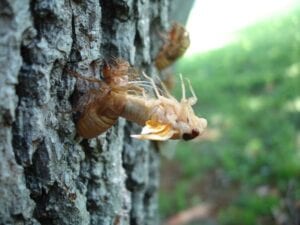

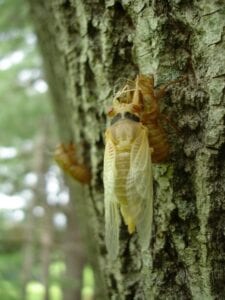

For preventative measures for newer trees that have already been planted, Dr. Hale suggested wrapping the trees at the start of May in a light, open fabric, such as cheesecloth or tobacco canvas. He advised leaving the tree wrapped for about five to six weeks until it is safe.
While the cicadas’ sucking the sap from the roots seems to have no noticeable effect on the trees, Dr. Hale advises against planting new trees during the emergence of 2021. With large trees that have already grown a lot, it is not a significant problem and the trees only need some light pruning by professionals like B&T’s Tree Service. But a new tree needs protection in order for its branches to grow properly, and Dr. Hale and many other entomologists are always willing to lend a hand to help people protect their trees.

